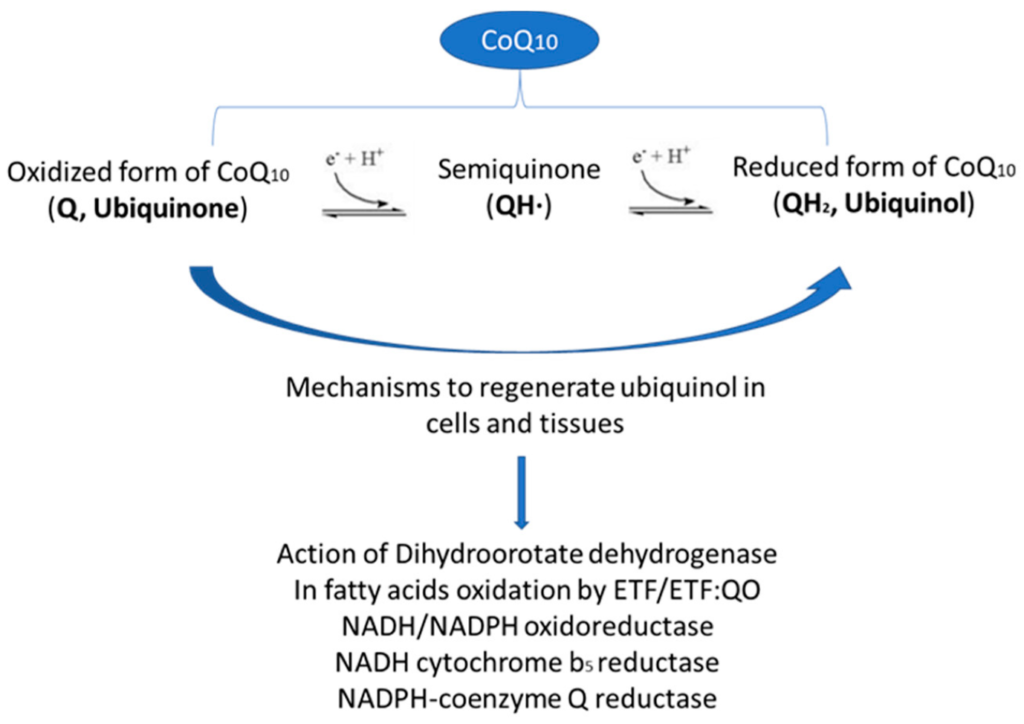
Formulation of Dietary Supplements – Coenzyme q10 Supplementation
CoQ10 has a wide distribution in plant and animal tissues that are part of our diet. Though it can be found in vegetables, fruits and cereals, the richest dietary sources of CoQ10 are meat, fish, nuts, and some oils, which contain 10 to 50 mg/kg. When it comes to coenzyme Q10 (CoQ10), which is not an FDA-approved drug, but yet sold as a food supplement, it is currently the third most consumed nutritional supplement after fish oil and multivitamins.
As a food supplement, CoQ10 is mainly found in mono- or multicomponent soft gels, capsules, and tablets. However, while it used to be incorporated as a simple crystalline powder or dispersed in oil, different novel delivery systems have been recently tested to improve its bioavailability. Thus, different formulation approaches, such as self-emulsified drug delivery systems, nano emulsions, or cyclodextrin complexes, have been used and combined to improve CoQ10 bioavailability when incorporated into different pharmaceutical dosage forms. The suggested daily dose varies depending on the indication but is usually around 30 to 100 mg for healthy people, reaching up to 60 to 1,200 mg when used in some medical conditions.

Fig.1. Coenzyme Q10 Supplementation (MDPI.com)
CoQ10 is a fine yellow to orange crystalline powder that decomposes and darkens when exposed to light. It is tasteless with a slight odour, practically water insoluble, slightly soluble in ethanol, and soluble in acetone and ether, and with a melting point around 48 °C. Due to its high molecular weight and strong hydrophobicity, it has a low oral bioavailability in humans. In addition, CoQ10 is unstable and vulnerable to heat, light, and oxygen, which also limits its applications in medicine and functional food formulations. Concerning its formulation in food supplements, high dose and stable CoQ10 formulations are difficult to achieve due to its physicochemical properties. As a fine powder with poor rheology and low melting point, CoQ10 is difficult to be dosed accurately and pressed into tablets, especially when temperature rises beyond its melting point, leading to stickiness and adherence to machinery surfaces. In addition, since CoQ10 is affected by light, heat, and oxidation, it should be stored in a cool and dark place, preferably in an airtight container.





